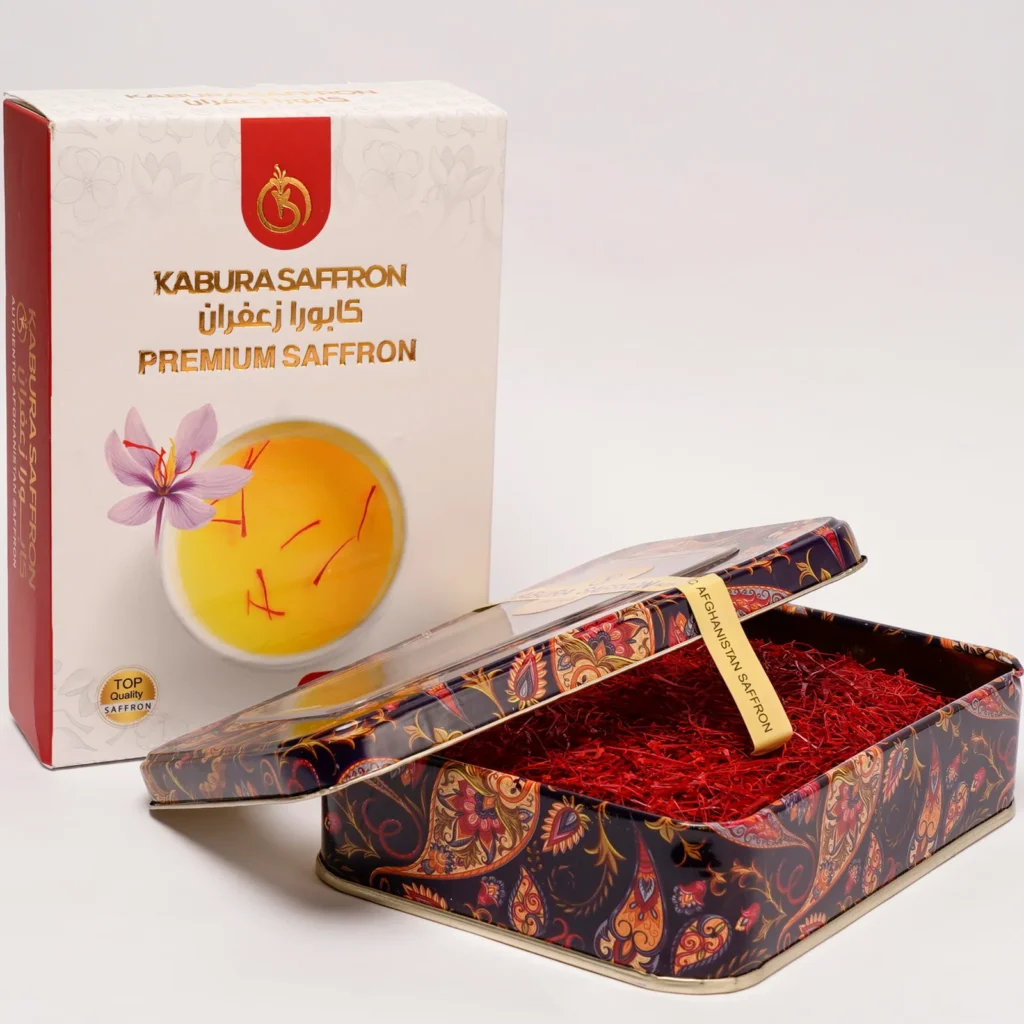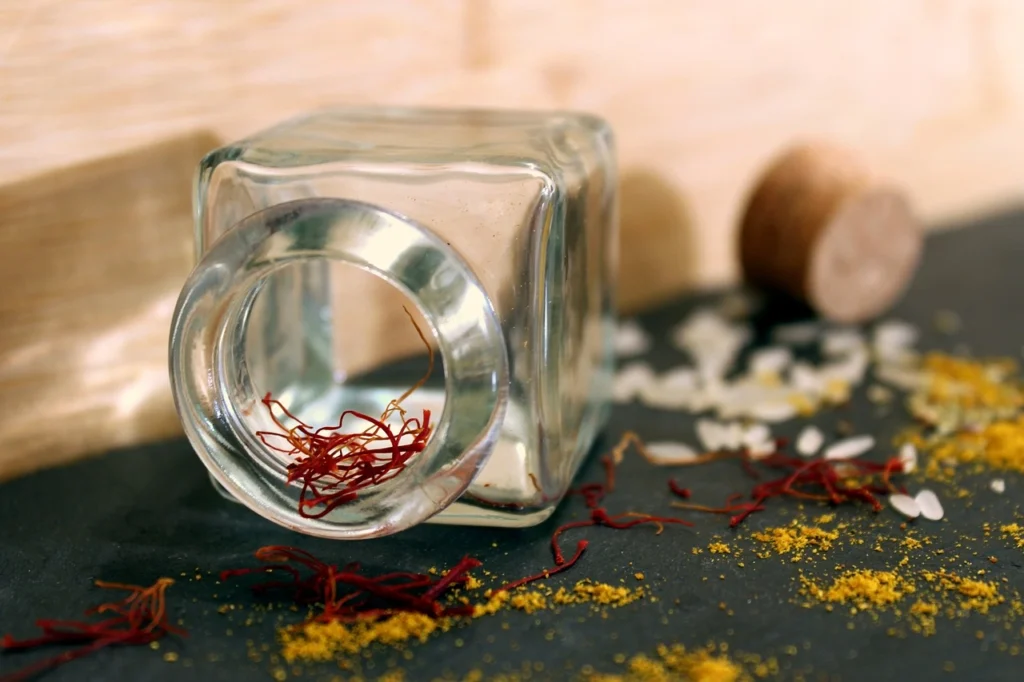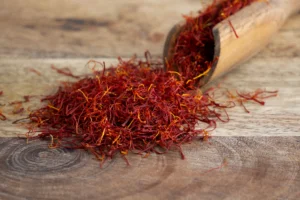



Saffron, known as the “red gold,” has captivated civilizations for thousands of years with its vibrant color, distinctive flavor, and medicinal properties. This precious spice, derived from the flower of Crocus sativus, holds a deep cultural and historical significance across many regions. Let’s take a journey through the history of saffron, exploring its ancient roots and global impact.
The history of saffron begins in ancient Persia (modern-day Iran), where it was first cultivated over 3,000 years ago. Ancient texts and botanical studies suggest that Persia was the cradle of saffron cultivation, and even today, Iran remains the world’s largest producer of this luxurious spice.
From Persia, saffron made its way to different parts of the world. Ancient Egyptians used saffron for medicinal purposes, including treating gastrointestinal issues and as an aphrodisiac. Cleopatra was also said to have used saffron in her baths to enhance her beauty. The Minoans of ancient Crete also grew saffron, as depicted in frescoes dating back to 1600 BCE.
 Saffron in Ancient Civilizations
Saffron in Ancient CivilizationsThroughout history, saffron has been more than just a spice. It was a symbol of wealth, status, and spirituality. In ancient Greece and Rome, saffron was used in perfumes, dyes, and medicines. The Greeks, especially the elite, used it as a perfume for public spaces and theaters. Saffron was also considered a valuable trade commodity in the Roman Empire, often worth its weight in gold.
Saffron played a crucial role in religious ceremonies in ancient Hindu and Buddhist traditions. In India, saffron was not only used in cooking but also in offerings to deities and for coloring sacred garments. Ancient Chinese emperors used saffron for medicinal purposes and as a dye for their royal robes.
During the Middle Ages, saffron became a prized commodity in Europe. Traders from the Arab world brought saffron to Europe via the Silk Road, and it was used in a variety of ways, from seasoning food to treating the plague. Saffron cultivation expanded in regions such as Spain, France, and Italy during this period, with Spain becoming one of the key European producers.
In Renaissance Europe, saffron was in high demand, particularly in the kitchens of the wealthy and for medicinal recipes. It was a popular ingredient in medieval cookbooks, often used to flavor and color rice, breads, and broths.
 Modern Day Saffron
Modern Day SaffronToday, saffron is still highly sought after, with countries like Iran, India, Spain, and Greece being some of the largest producers. Although it is one of the most expensive spices globally due to the labor-intensive harvesting process, saffron remains a key ingredient in traditional dishes such as Spanish paella, Italian risotto alla Milanese, and Indian biryani.
Moreover, the medicinal properties of saffron continue to be studied, with research highlighting its potential benefits for improving mood, memory, and even acting as an antioxidant. It remains a staple in holistic and Ayurvedic medicine.
Saffron’s journey through history is a testament to its cultural, culinary, and medicinal importance. From the fields of ancient Persia to modern-day kitchens and pharmacies, this remarkable spice continues to weave its magic across the globe, cherished for its rich history and unique qualities. Whether in a traditional dish or a modern fusion recipe, saffron remains a symbol of luxury and tradition, with its legacy continuing to bloom.